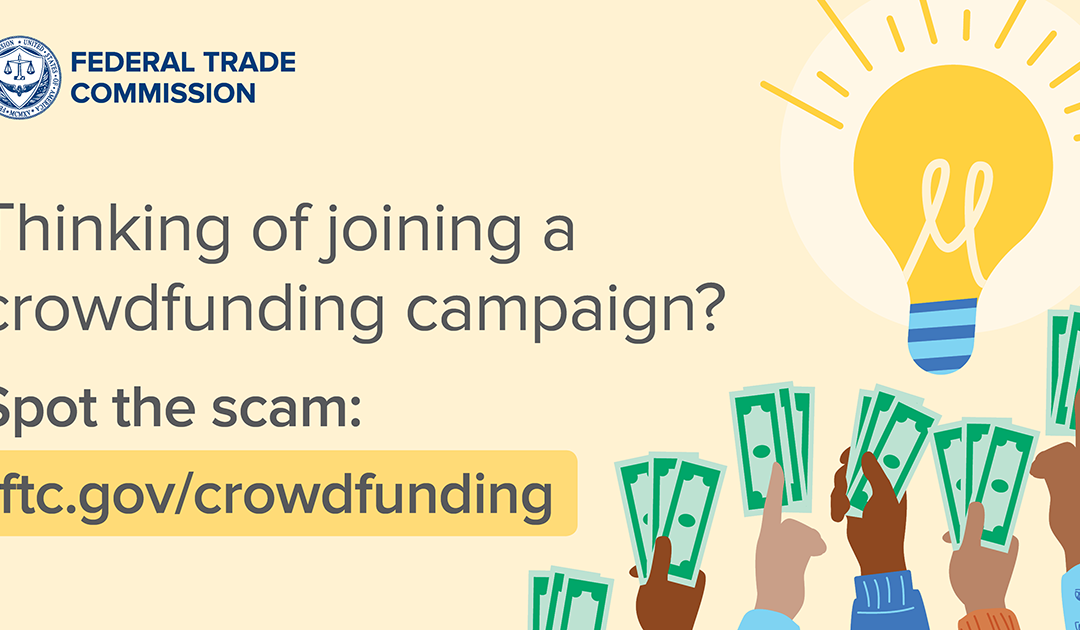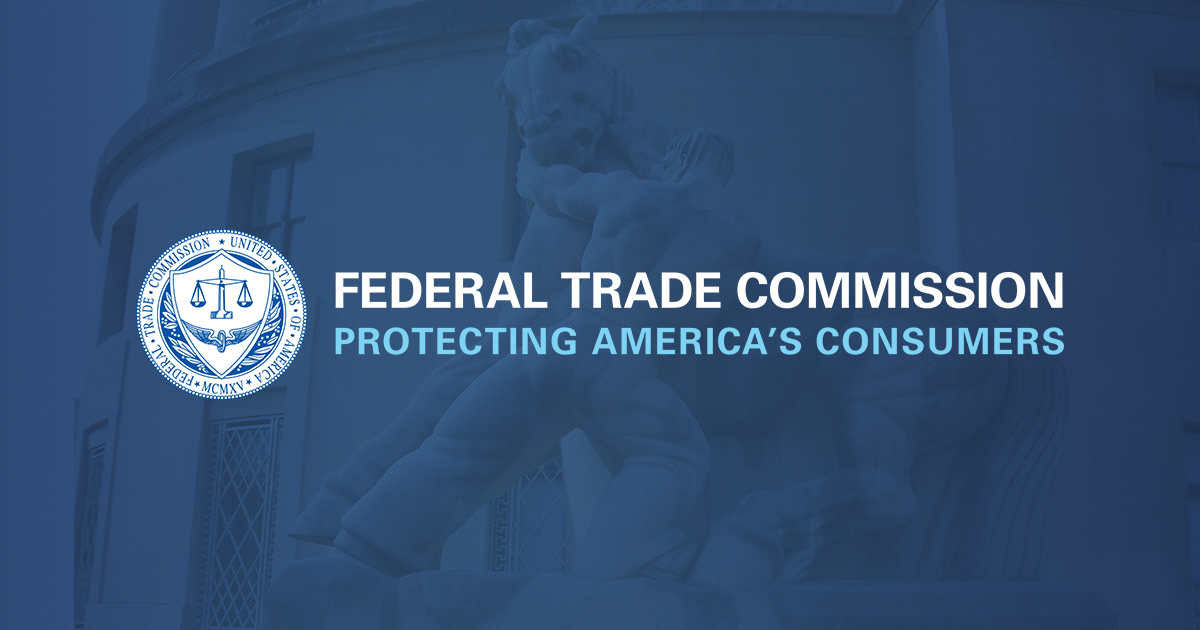
by Scott Muniz | Nov 18, 2021 | Security
This article was originally posted by the FTC. See the original article here.
Since the pandemic began, the Federal Trade Commission has sent hundreds of cease and desist letters to companies that claimed their products and therapies can prevent, treat, or cure COVID-19. The sellers promoted their products and services through a variety of outlets, including social media.
Social media platforms have played a major role in conveying information about how to help stop the spread of COVID-19. But just because the information is running on a platform you use doesn’t mean it’s accurate or truthful. Right now, no one can afford to take information at face value. Before you act on a message you’ve seen or before you share it, ask — and answer — these critical questions:
- Who is the message from? Do I know them? Do I trust them? Am I positive they are who they say they are?
- What do they want me to do? Just know something — or are they trying to get me to act in some way? Do they want me to buy something, download something, or give up personal info?
- What evidence supports the message? Use some independent sources to fact-check it — or debunk it. Maybe talk to someone you trust. But always verify, using a few additional sources. Once you’ve done that, does the message still seem accurate? Approaching information by asking and answering these questions can help you sort out what’s helpful…and what’s a scam. So, for example, if the message is about a treatment or cure, you know where to go: Coronavirus.gov.
Bottom line: when you come across information, stop. Talk to someone else. Focus on whether the facts back up the information you’re hearing. Good, solid evidence will point you in the right direction. Then decide what you think and what you want to do with the message – pass it on, act on it, ignore it, or roll your eyes at it. And if you suspect a scam, tell the FTC at ReportFraud.ftc.gov so we can shut the scammers down.
Brought to you by Dr. Ware, Microsoft Office 365 Silver Partner, Charleston SC.

by Scott Muniz | Nov 18, 2021 | Security
This article was originally posted by the FTC. See the original article here.

If it takes a village to raise a child, crowdfunding may be what it takes to make that invention a reality. But scammers could be behind those crowdfunding efforts and take your money without delivering what they promise.
Crowdfunding can help raise money to develop a new product or invention. To get investors, the organizer may promise something in exchange for contributions. Investors might get a payout once the invention is profitable, be the first to get the new product, or get the new product at a discount later on.
When you give money to a crowdfunding campaign, it goes directly to the campaign organizer. But a dishonest businessperson might lie about the project, product, and timeline. And they might lie about the rewards you’ll get once the product is finished.
So before you pledge funds to any crowdfunding campaign, check on a few things first:
- Who created the campaign? Find the name of the organizer on the crowdfunding page and do your own vetting. If you can’t find anything about that person, or the details don’t match what they’re telling you, that’s a sign of a scam. Search for the name of the organizer and project with the words “complaint,” “review,” or “scam” to see if anyone has already had a negative experience.
- What’s the purpose of the campaign? Be clear what the funds are for and what you should expect from your contribution. Not all campaigns promise you’ll get anything in return.
- What happens if the project doesn’t get off the ground? There’s no guarantee that the project will be successful and completed. Find out what happens to your money if the project doesn’t get going. Can you expect a refund? How you will get it?
If you come across a crowdfunding scam, report it to ReportFraud.ftc.gov, your state Attorney General, and the crowdfunding platform.
Brought to you by Dr. Ware, Microsoft Office 365 Silver Partner, Charleston SC.
by Scott Muniz | Nov 18, 2021 | Security, Technology
This article is contributed. See the original author and article here.
Drupal has released security updates to address vulnerabilities that could affect versions 8.9, 9.1, and 9.2. An attacker could exploit these vulnerabilities to take control of an affected system.
CISA encourages users and administrators to review Drupal Security Advisory SA-CORE-2021-011 and apply the necessary updates.

by Scott Muniz | Nov 18, 2021 | Security, Technology
This article is contributed. See the original author and article here.

Official websites use .gov
A .gov website belongs to an official government organization in the United States.

Secure .gov websites use HTTPS A
lock ( )
) or
https:// means you’ve safely connected to the .gov website. Share sensitive information only on official, secure websites.
by Scott Muniz | Nov 17, 2021 | Security, Technology
This article is contributed. See the original author and article here.
CISA has added four new vulnerabilities to its Known Exploited Vulnerabilities Catalog, which require remediation from federal civilian executive branch (FCEB) agencies by December 1, 2021. CISA has evidence that threat actors are actively exploiting the vulnerabilities listed in the table below. These types of vulnerabilities are a frequent attack vector for malicious cyber actors of all types and pose significant risk to the federal enterprise.
| CVE Number |
CVE Title |
Remediation Due Date |
| CVE-2021-22204 |
Exiftool Remote Code Execution vulnerability |
12/01/2021 |
| CVE-2021-40449 |
Microsoft Win32k Elevation of Privilege |
12/01/2021 |
| CVE-2021-42292 |
Microsoft Excel Security Feature Bypass |
12/01/2021 |
| CVE-2021-42321 |
Microsoft Exchange Server Remote Code Execution |
12/01/2021 |
Binding Operational Directive (BOD) 22-01: Reducing the Significant Risk of Known Exploited Vulnerabilities established the Known Exploited Vulnerabilities Catalog as a living list of known CVEs that carry significant risk to the federal enterprise. BOD 22-01 requires FCEB agencies to remediate identified vulnerabilities by the due date to protect FCEB networks against active threats. See the BOD 22-01 Fact Sheet for more information.
Although BOD 22-01 only applies to FCEB agencies, CISA strongly urges all organizations to reduce their exposure to cyberattacks by prioritizing timely remediation of Catalog vulnerabilities as part of their vulnerability management practice. CISA will continue to add vulnerabilities to the Catalog that meet the meet the specified criteria.






Recent Comments